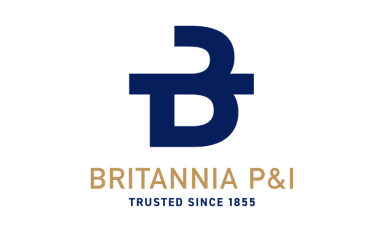
Britannia P&I Club has warned operators and the shipping industry to be vigilant when carrying olive margine. It wanrs about the risks of liquefaction. According to Britannia, it has become aware that the olive margine, sometimes described as “Vegetable Residues” or “Olive Mill Waste Water (OMWW), is being offered for loading at ports in North Africa.
Olive Margine is not listed as a cargo in the IMSBC Code Britannia has been informed by cargo experts that it is prone to liquefaction and can, therefore, threaten ship stability. It also added that although tests may be provided by shippers, they should be aware that there are no internationally recognised tests for confirming the flow moisture point and hence determining the transportable moisture limit for vegetable products like Olive Margine unlike Group A mineral cargoes.
In light of the revised International Maritime Solid Bulk Cargoes (IMSBC) Code, which came into force on 1 January 2021, BIMCO reported new developments that affect the code.
BIMCO focused on new cargoes added, noting that a total of 11 new cargoes have been incorporated into the IMSBC Code, which are the following:
– Bauxite Fines, Group A
– Brucite, Group C
– Calcium Flouride, Calcium Sulphate and Calcium Carbonate Mixture, Group A
– Chlorite, Group C
– Ferronickel Slag (Granulated), Group C
– Flue Dust containing Lead and Zinc, Group A and B, MHB (CR, TX)
– Iron Silicate Granulated, Group A ( added to existing cargo entry ” Copper slag”)
– Matte containing Copper and Lead, Group B, MHB ( CR and/or TX)
– Metal Sulphide Concentrates, Self-heating, UN 3190, Group A and B, MHB (WT and/or TX and/or CR), class 4.2.
– Seed Cakes and other Residues of Processed Oily Vegetables, Group B, MHB ( SH)
– Zinc Oxide Enriched Flue Dust, Group A and B, MHB (TX)